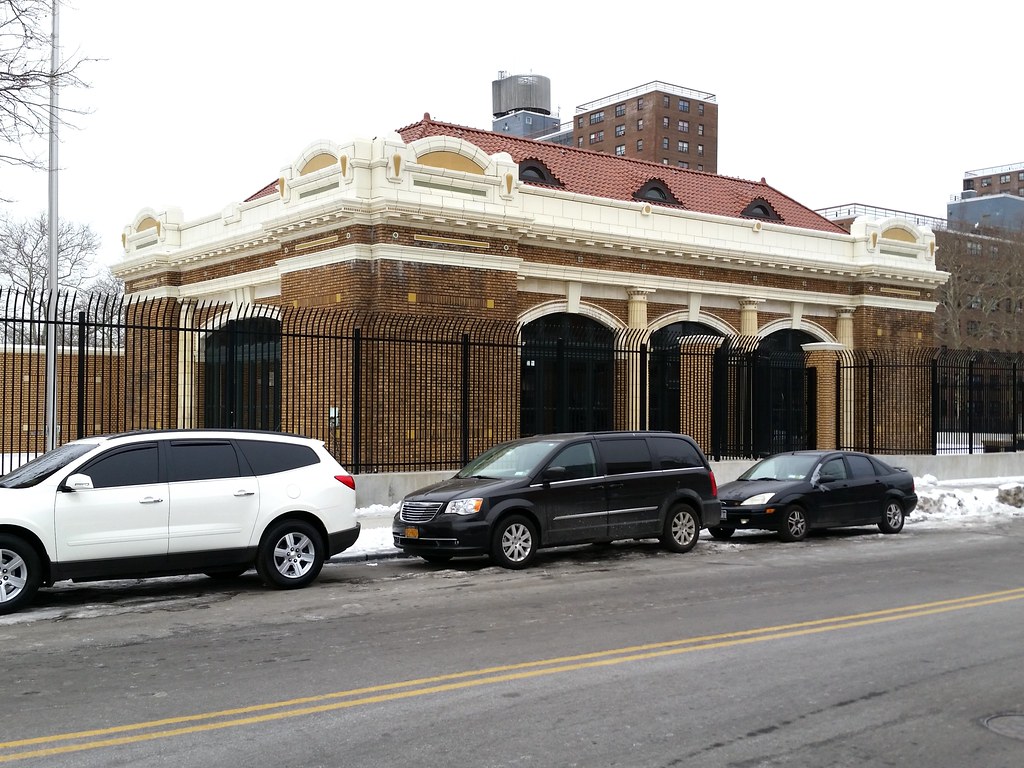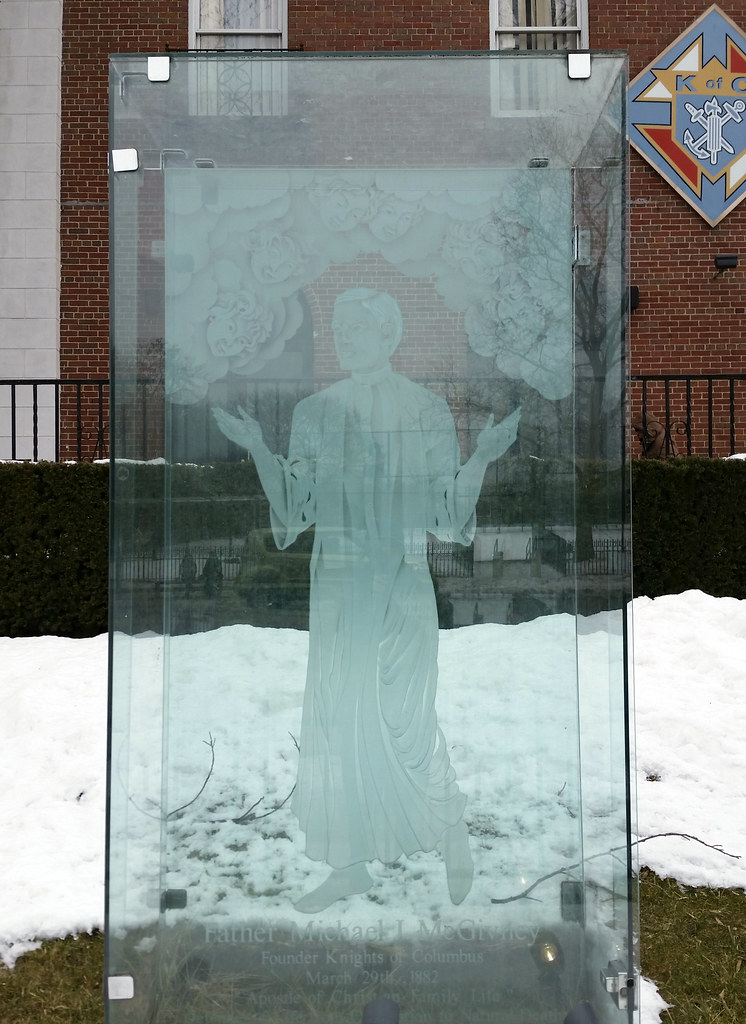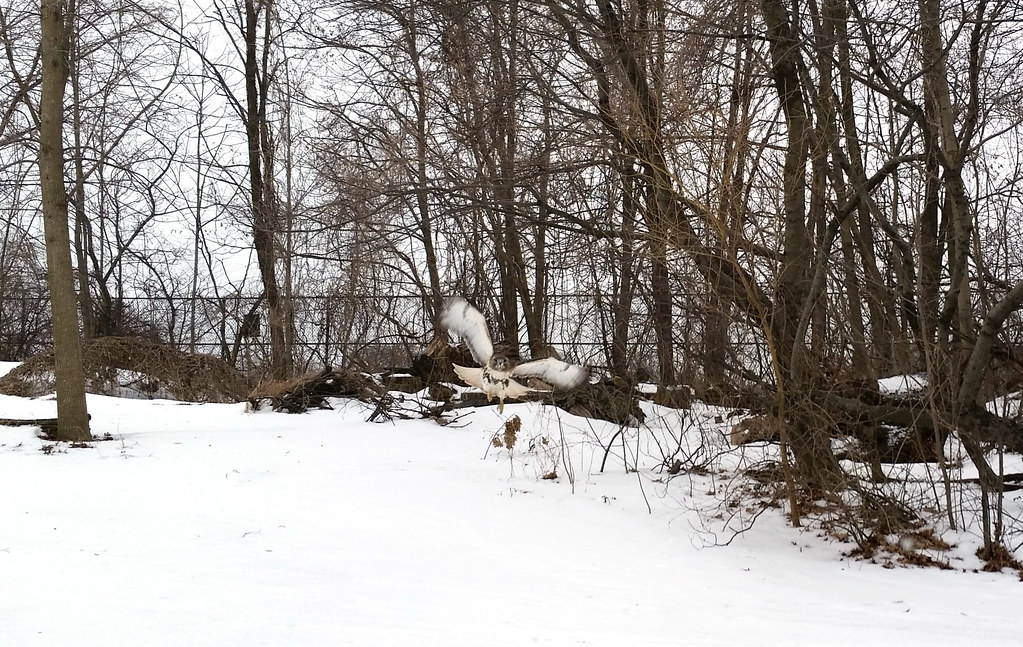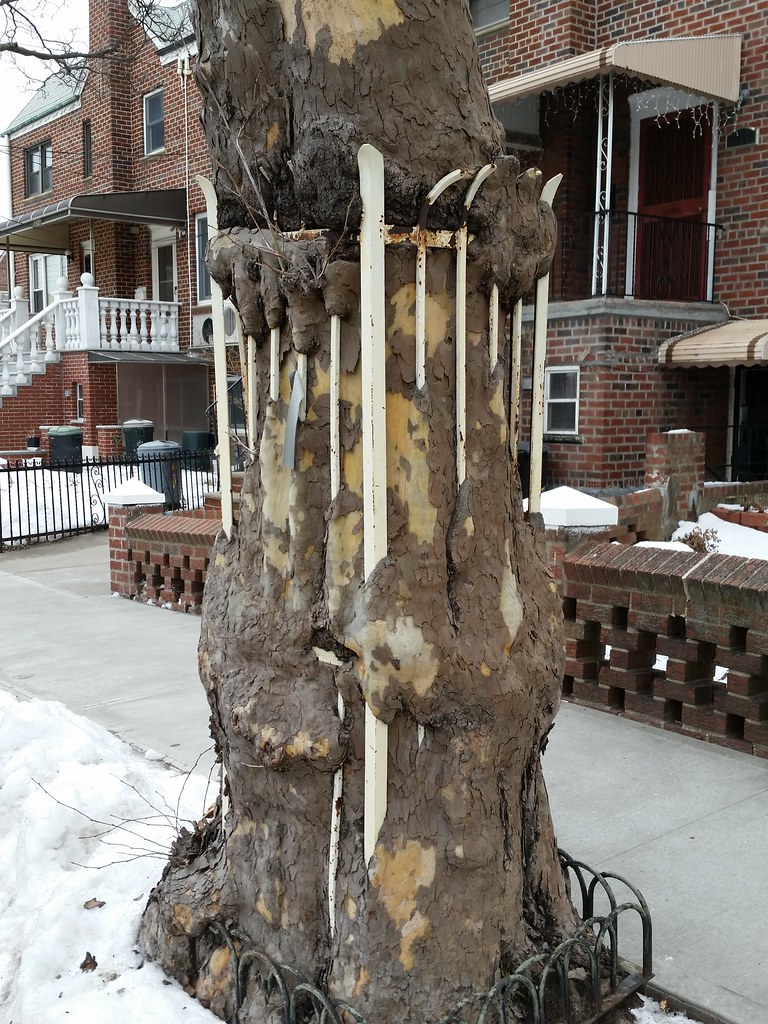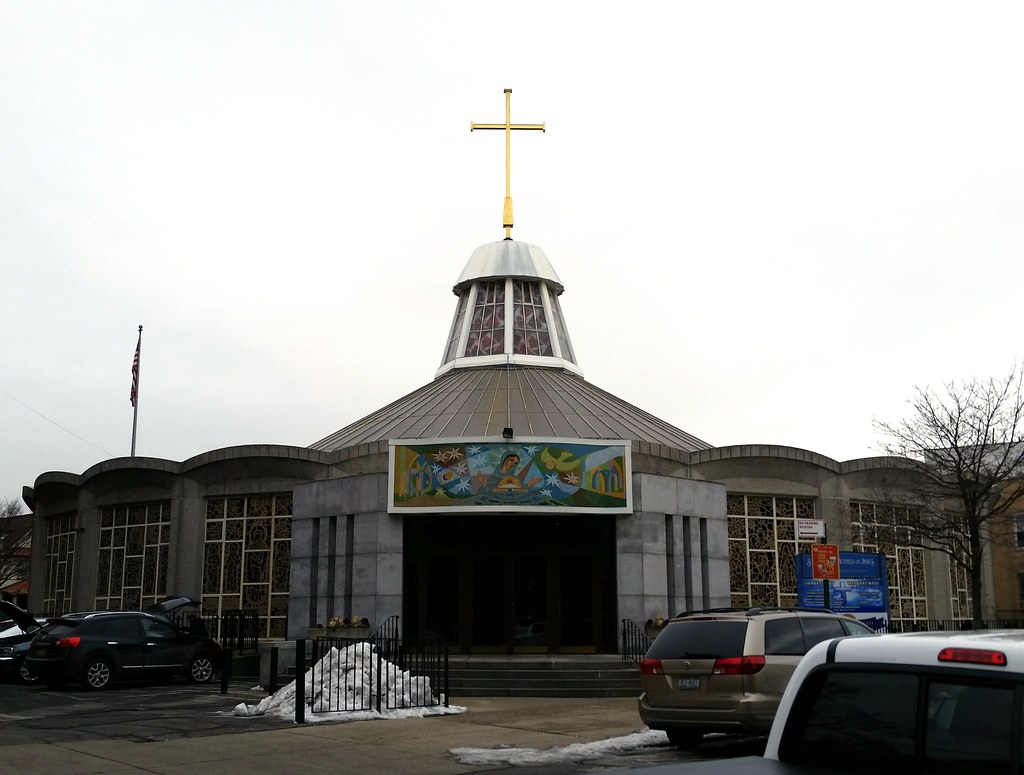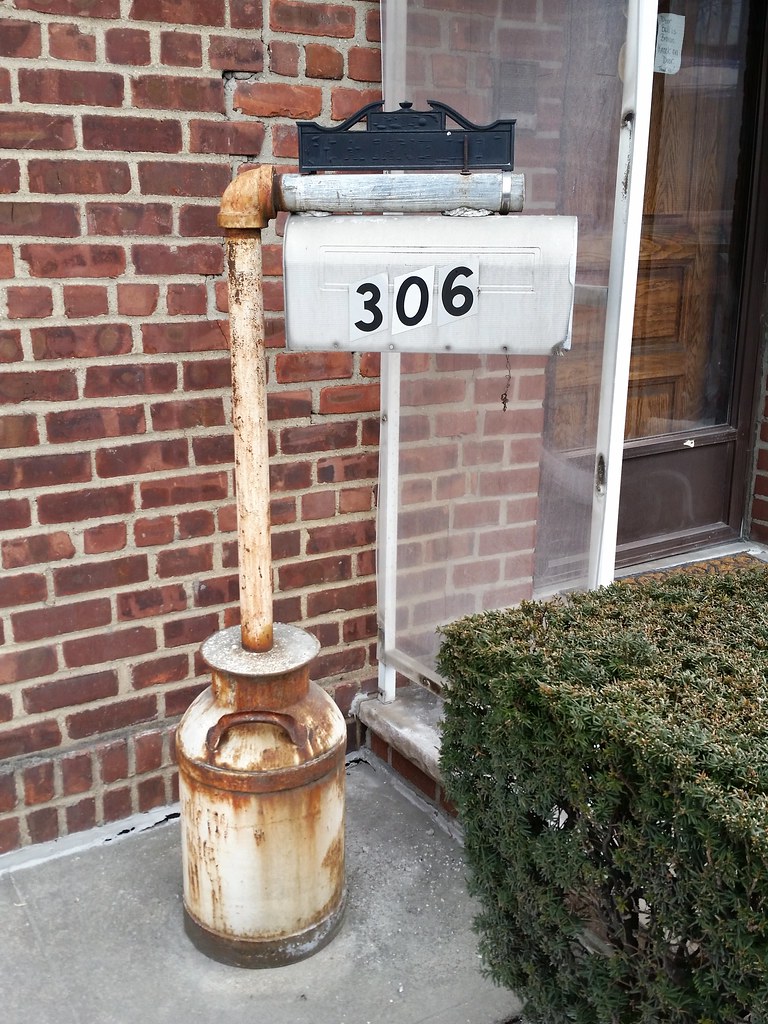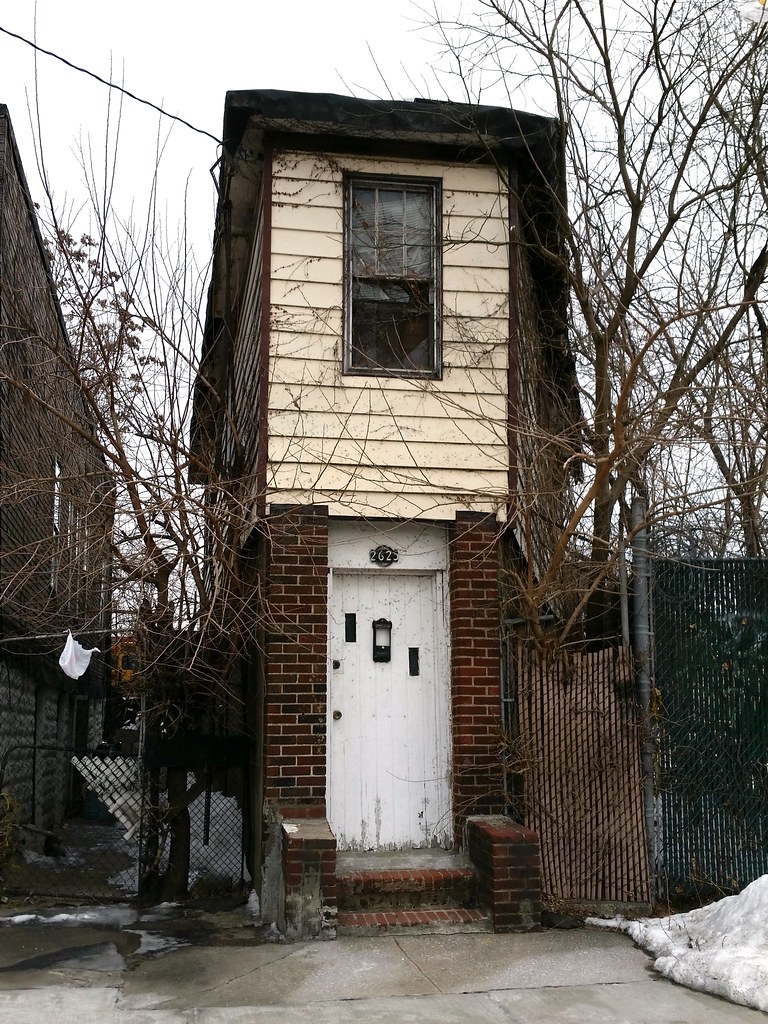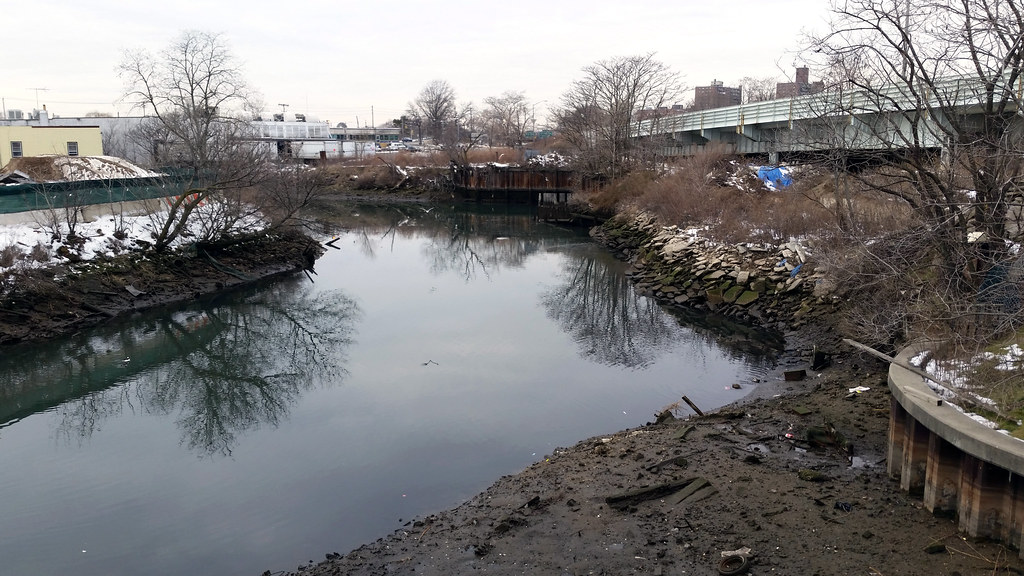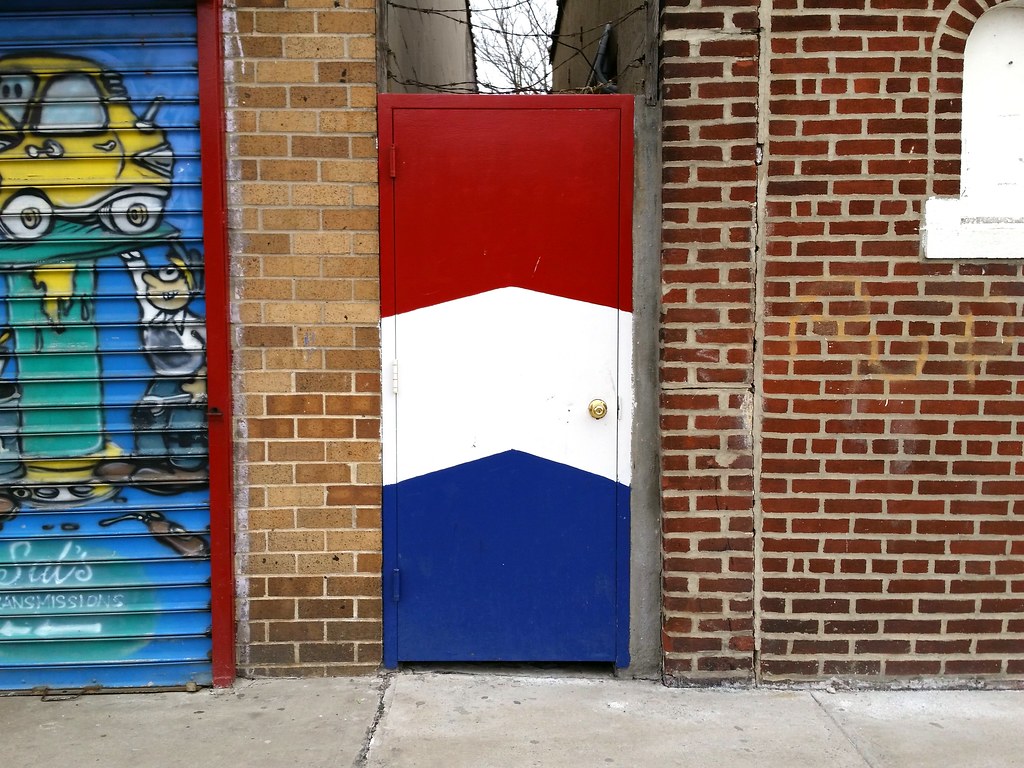
The jewel-like brick structure stands unmarked in a jumbled corner of Brooklyn, amid housing projects and plain rowhouses and elevated train tracks and the headquarters of the Aardvark Amusements carnival ride company.Read more here.
Soaring ornamented columns frame arched windows 15 feet high. Eye-pleasing rhythms in the Beaux-Arts style abound. A golden eagle gleams atop a flagpole.
For all the building’s splendor, though, many in the neighborhood have no idea what goes on inside.
“I would think a library, or hopefully some kind of center for youth?” guessed A. J. Malone, 24, who was walking by on a recent afternoon.
Taylor Jones, 23, admired the facade.
“I’m thinking it’s some kind of sort of mausoleum” for the Metropolitan Transportation Authority, he ventured. “It looks very secluded in there.”
It is a sewage pumping station.
Not just any sewage pumping station. It is the Avenue V pumping station in Gravesend, near Coney Island, the largest in New York City, a nearly 100-year-old testament to the majesty of public works that conveys the daily waste of 300,000 residents to a treatment plant in Bay Ridge.
(We've actually encountered a few good-looking sewer buildings now. You can see the others here.)

In addition to containing an excellent run of consonants in its name, Mtskheta is an ancient Georgian city whose historic Christian monuments are a UNESCO World Heritage site.

This Dutch Renaissance Revival firehouse was built in 1895-96 for the then-independent city of Brooklyn.

While stationed at neighboring Fort Hamilton in the early 1970s, Tiger Woods's father Earl played golf for the first time here at Dyker Beach, which is said to have been the world's busiest golf course in the mid-20th century.

Here's a wider shot of the whole gate. We may be in Brooklyn, but this is some top-notch Queens chrome.
Brought to you by Steve Campanella, "a retired Marine and compulsive collector".
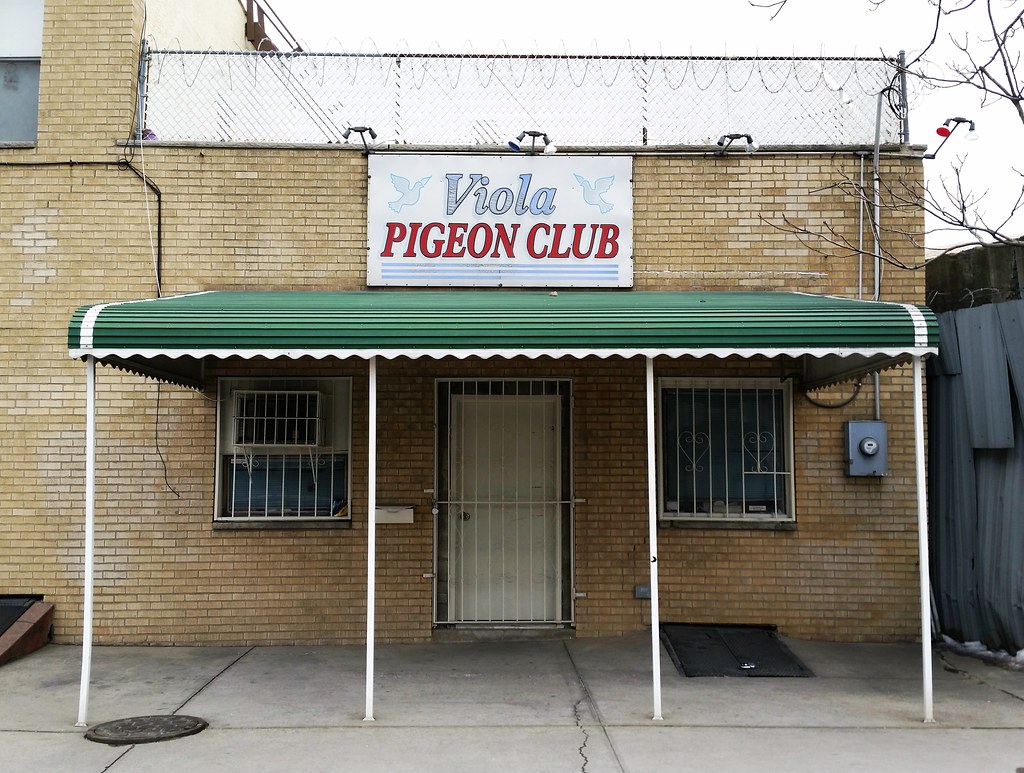
From the NY Times, December 9, 2007:
If there were a commissioner for pigeon racing in the five boroughs of New York, in recent years that title would have gone to Frank Viola. Mr. Viola, a slight, white-haired man from Bath Beach, Brooklyn, founded his namesake club in the early 1990s and ran the Frank Viola Invitational for the last 16 years. With 1,500 birds, the race became one of the largest in the city, the Kentucky Derby of the pigeon season.

